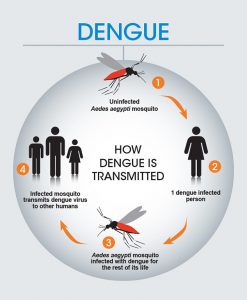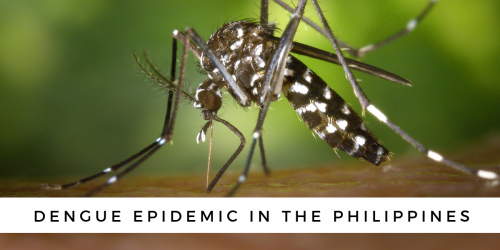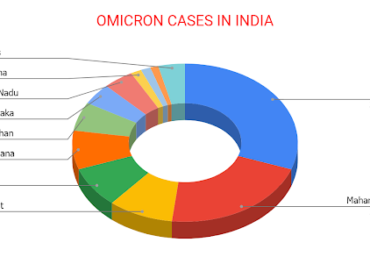As the dengue death toll rises in the Philippines, the government declared a National Dengue Epidemic on 6th August 2019.
The mosquito-borne disease has claimed over 622 people since January this year with over 1,46,000 cases reported so far. This number of reported cases is twice the number of cases that were reported in the same period in 2018. A majority of cases were reported from the Philippines’ Western Visayas, followed by South Manipal and Mindanao island.
The Philippines has seen a rise in dengue cases since it stopped the sale and use of preventive drug Dengvaxia due to health concerns around it. This has now left the Philippines with no measures to prevent the disease or its spread.
 Dengue affects over 400 million people each year. Though originally found in different parts of Asia, dengue has now spread to Europe and the Americas. The disease outbreaks are increasingly becoming explosive as it spreads to newer regions. New Delhi faced its worst-ever dengue outbreak in 2015, with the disease over 15000 cases reported. The WHO claims that the year 2016 saw the largest number of dengue cases worldwide with the Americas along reporting about 2.38 million cases.
Dengue affects over 400 million people each year. Though originally found in different parts of Asia, dengue has now spread to Europe and the Americas. The disease outbreaks are increasingly becoming explosive as it spreads to newer regions. New Delhi faced its worst-ever dengue outbreak in 2015, with the disease over 15000 cases reported. The WHO claims that the year 2016 saw the largest number of dengue cases worldwide with the Americas along reporting about 2.38 million cases.
However, the year 2017 saw a marked reduction in dengue cases in the Americas, mainly after the Zika-virus attacks. Though there was an increase in dengue cases in 2019, the fatality rate in most countries has been recorded to be less than 1% and there has been a 28% reduction in the dengue mortality rate globally from the year 2010 to 2016.
With fever being one of the most common symptoms, the diagnosis of the disease is generally delayed. The disease can affect an individual from any age group with the severe form of the disease occurring in children. There are many vaccines that are in the process of development to tackle dengue.









